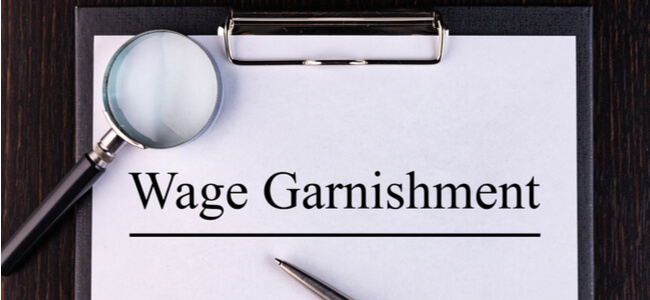What Is LTV Ratio And Why Is It Important?

Whenever you apply for a mortgage, lenders and financial institutions make an assessment of lending risk. One of the areas they examine is the loan to value (LTV) ratio, which can eventually determine down payment and other loan terms.
If your assessment reveals a higher loan to value ratio, there is a higher risk involved. Accordingly, the loan would cost you more if the mortgage is approved. You might also have to purchase mortgage insurance to equalize the lender’s risk when you opt for a loan with a high LTV ratio.
The ratio can be a good indicator of what percentage of a property you actually own and how much you owe. Different types of loans like auto loans and home loans, including refinances and purchases, typically require the loan to value ratio.
The Formula
The ratio can be calculated by dividing the loan amount by appraised asset value. For example, if you are looking to buy a home loan, you can calculate loan to value ratios in the following manner:
LTV ratio = Mortgage Amount / Appraised Property Value
Let us assume that you want to purchase a house priced at $200,000 and you have $40,000 available as a down payment. You will have to borrow $160,000 to make a purchase.
$160,000 (loan amount) / $200,000 (appraised value of the house) = 0.80 (LTV.
The ratio here is 80%.
When you have a ratio of 80% or less, you can stand a chance of accessing better loan terms from mortgage lenders.
If you are looking to buy a car loan, the loan to value ratio calculator works in the following manner.
LTV ratio = Loan Amount / Car Value
Let us assume that you want to borrow $30,000 to purchase a car worth $30,000.
$30,000 (loan amount) / $30,000 (car value) = 1.00 (LTV)
Here the ratio is 100%.
Why Is This Important?
The following factors make it important for you to completely understand the loan to value ratio.
- Risk Factor - When lenders lend more they are automatically at a higher risk. A higher risk means that loan approval will be tougher, you will have to pay a higher APR (annual percentage rate), and you might have to pay for additional costs like mortgage insurance.
- Payment Failure - The loan will have to be secured through collateral. When you fail to pay a mortgage loan, the lender can sell it through foreclosure after repossessing it. Similarly, for auto loans, if you stop payments, your car can be repossessed.
- Lenders Just Want The Money - Lenders are not really after your property, but instead recovering the sums they lent out. They can achieve by repossessing and selling the asset at the earliest convenience if payments are missed. They might even sell at a price that recovers their amount, even if that amount is lower than the market value.
What’s Considered A Good LTV?
A good LTV will depend on the type of loan and preferences of the lender. When you have built up more equity, you can remain hopeful for a better deal given the corresponding LTV ratio will be lower.
An 80% ratio is considered a good number for home loans. When you go above this number, you will often have to pay for private mortgage insurance that protects the interests of your lender.
In some cases, you can even buy a property with a 97% LTV ratio, but you will have to pay mortgage insurance until you clear the loan.
When it comes to auto loans, the loan to value ratio can even be more than 100% given cars are prone to sharp declines in value over time.
When The Ratio Is Too High
If you have a very high ratio, it can impact you as follows:
- When you are applying for a conventional mortgage with an LTV ratio of over 80%, you will have to pay for private mortgage insurance. However, when the ratio drops below 80% or you are halfway through the amortization schedule, your lender may terminate this demand.
- A mortgage might be more expensive as you will have to pay a higher rate of interest.
- You can hurt your chances of qualifying for refinancing.
- You will have to build equity in your home unless you qualify for the FHA Streamline refinance program or HARP.
- When the ratio is above 100%, you have negative equity as the loan amount is higher than the asset value. It’s a bad situation where you will have to pay to sell the asset, and you would not gain financially from the deal.
Other Factors
Though LTV ratios are important, there are other important factors that are considered during the loan approval process like:
- Asset Age & Condition– By determining the age and condition of a house or car, a lender can assess how much risk they are willing to take and at what cost.
- The Credit Score - With better credit scores, you can even get loans with higher LTV ratio.
- Debt To Income Ratio - A good score here will make it easier to get the loan approved.
- Current Income – This will be used to determine your repayment capabilities.
Conclusion
The loan to value ratio is just one of the many factors that are considered before a mortgage or other type of loan is approved.
It is best to maintain a low ratio to avoid added costs and expenses like private mortgage insurance in the case of a home loan. You can also aim for a bigger down payment to keep the interest rates on the lower side.



